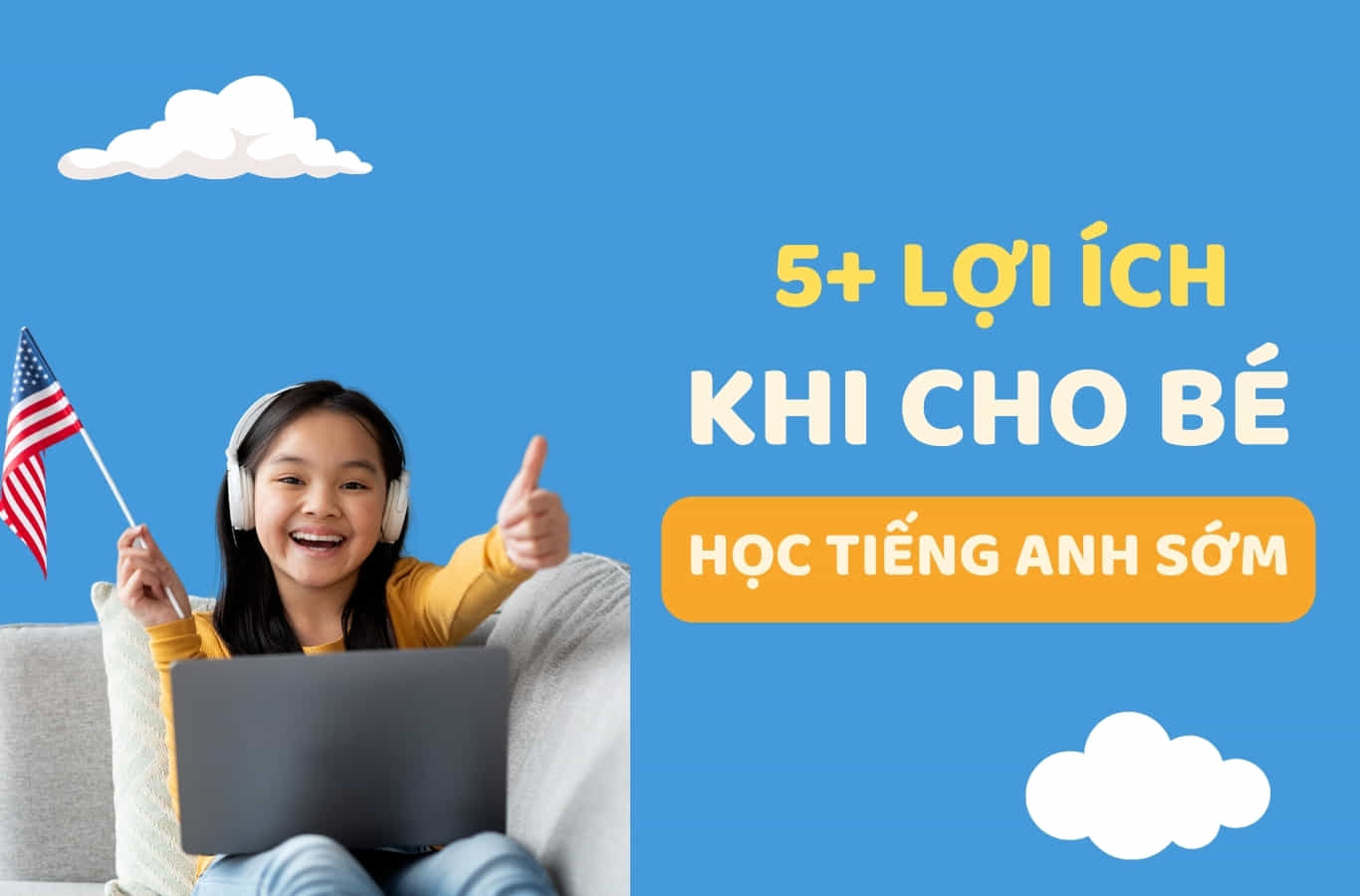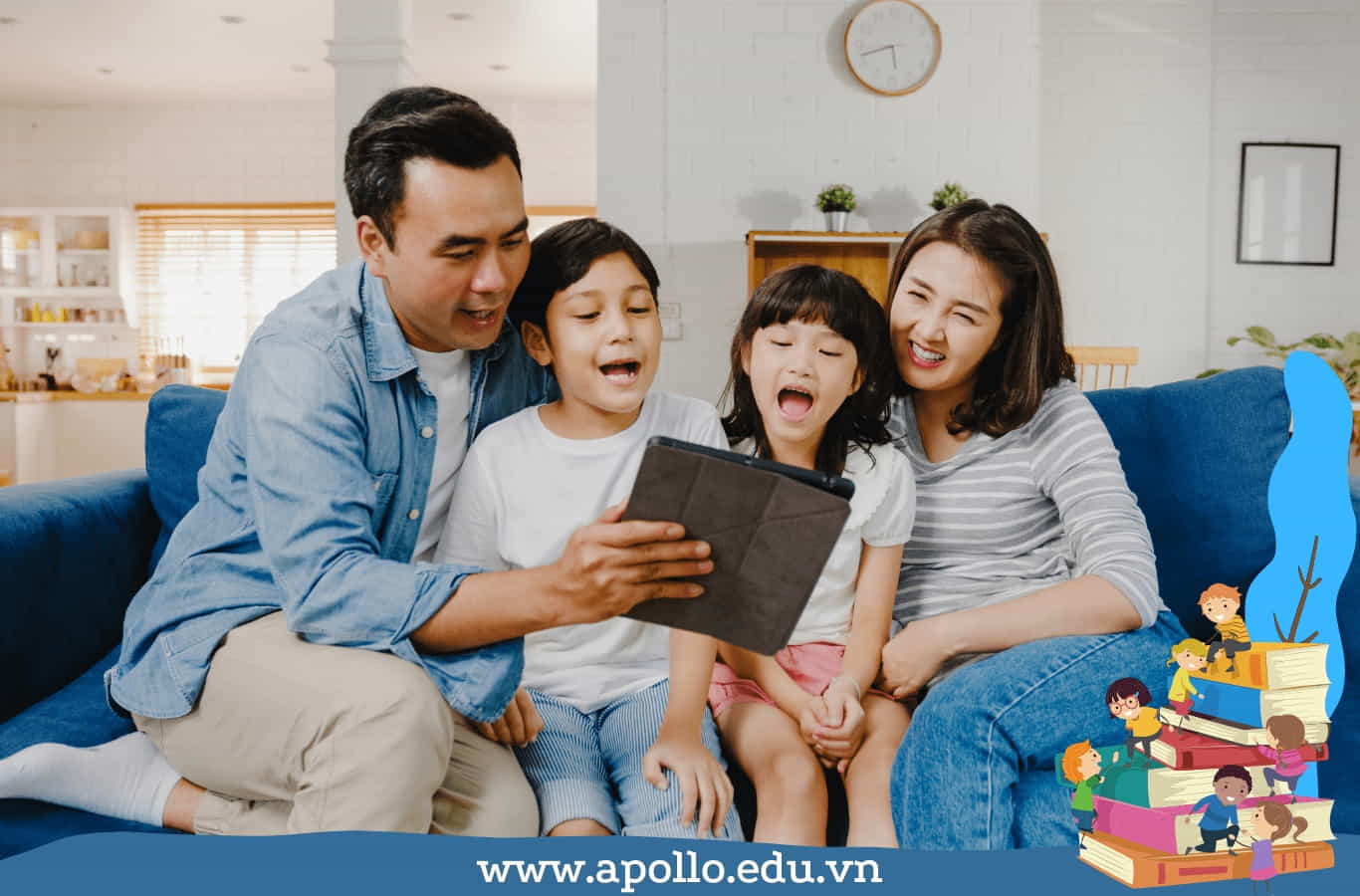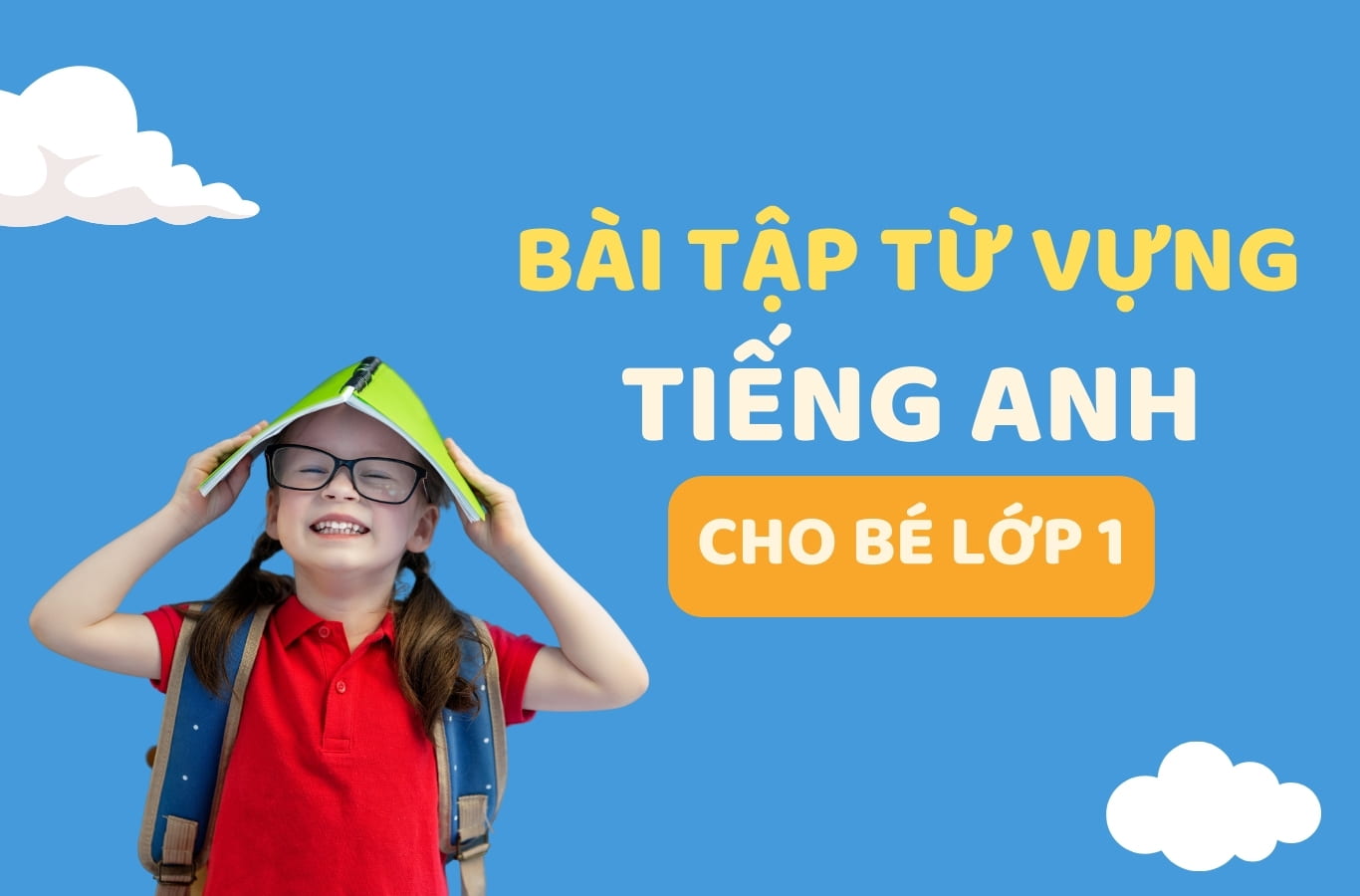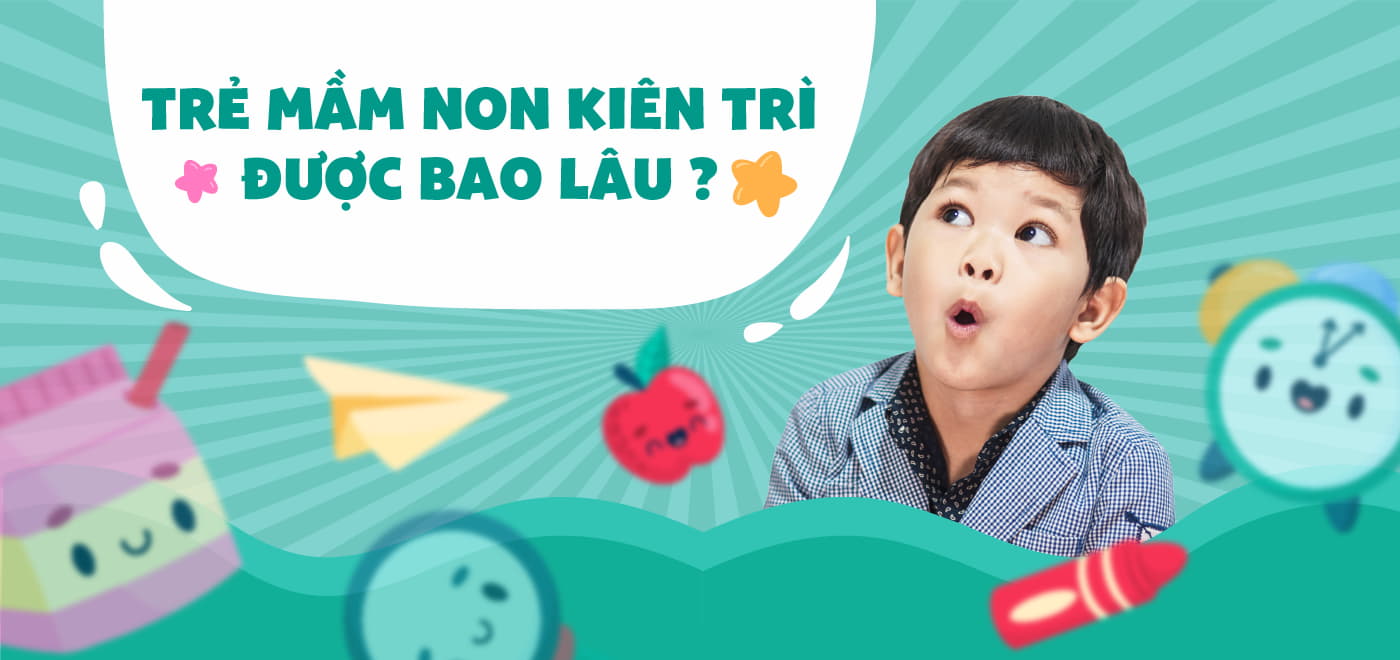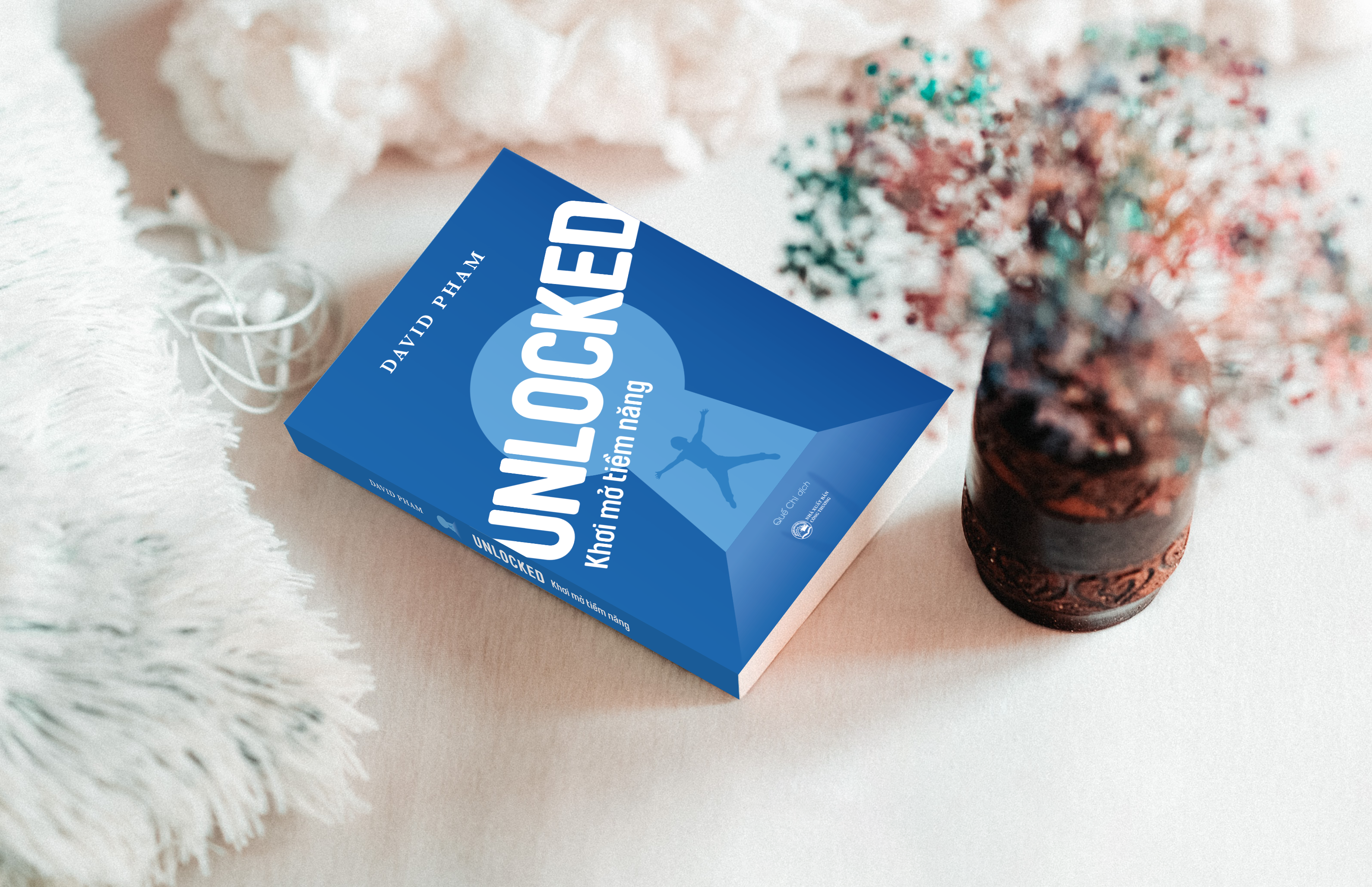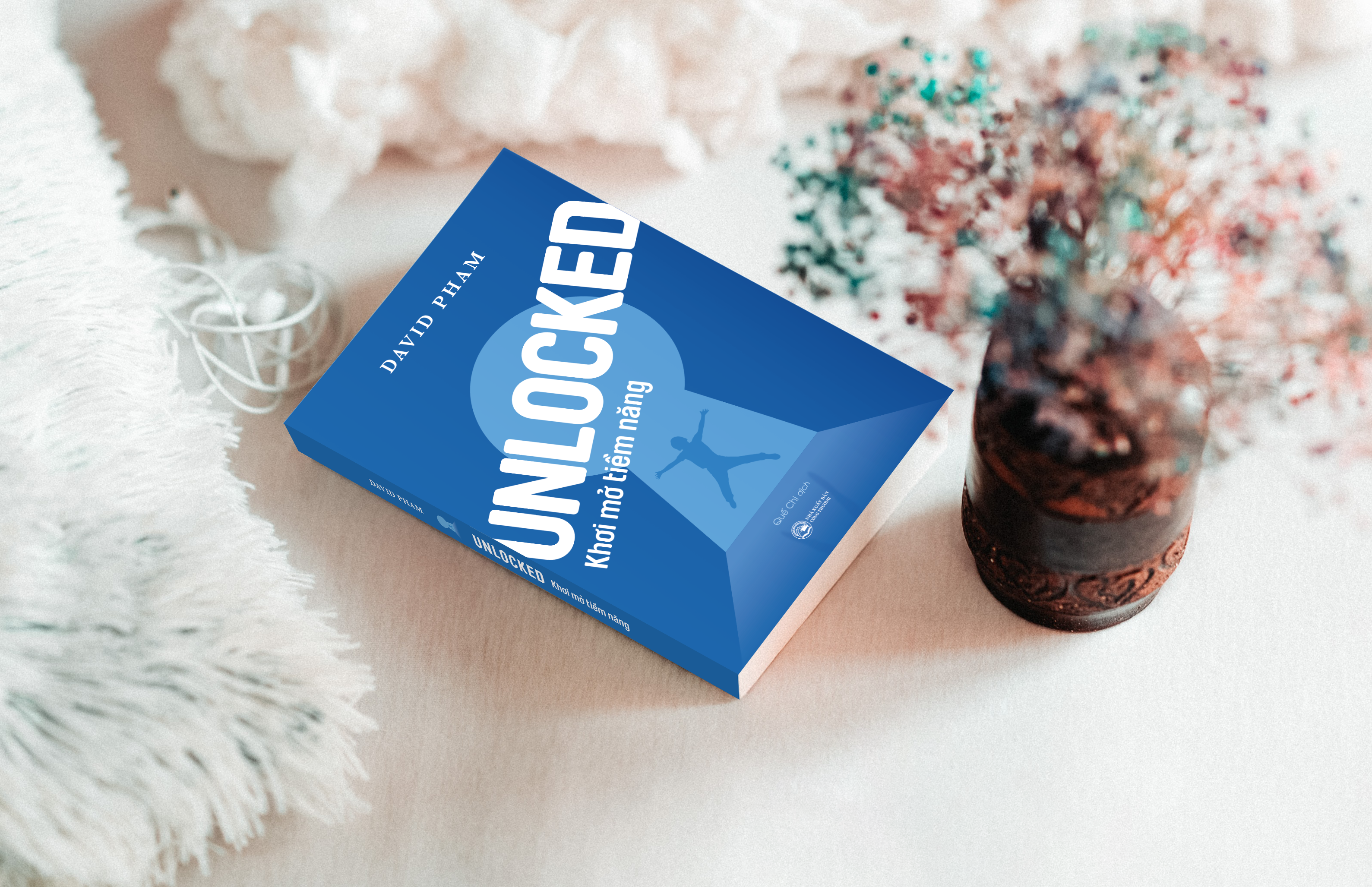CHAPTER 9: COMBINE FORMS OF LEARNING
Please try to spend 15 mins brainstorming for yourself, try to answer these questions before reading:
1. What are pros and cons of online and offline class?
2. Should I let my children study in group or one-on-one?
Space for your notes:
.............................................................................................................................................................................................................................................................................................................................…
.............................................................................................................................................................................................................................................................................................................................…
.............................................................................................................................................................................................................................................................................................................................…
.............................................................................................................................................................................................................................................................................................................................…
Since 2018, I have experienced first-hand the pros and cons of many forms of teaching through educating group and individual lessons in both online and off-line formats. Each week, I had around twenty off-line group teaching hours and three to four off-line individual teaching hours. During 2020, as circumstances changed because of the global pandemic, COVID-19, almost all of those teaching hours moved online. Moreover, I participated in a start-up focused on education, where we tried to open both off-line and online, group and individual classes. I understood the shifting market demand and to what extent an educational institution could satisfy the needs of students, parents, and teachers. Even during the pandemic, students still needed to learn, and all schools rushed to accommodate new teaching conditions.
Personally, as a teacher, I have to admit I preferred off- line lessons, where I could physically see my students and make them move during the class during various activities.
However, as the pandemic continued, I slowly learned to adapt my lessons so that students could still have fun while learning online with almost no movement, such as by using “Kahoot!” or Pictionary games. I also preferred to work with groups rather than one-on-one, as I could change group dynamics by simply splitting the class into pairs, teams of three, and so on. Despite that, for some types of topics, such as reflection and coaching sessions, individual attention proves more effective.
There are plenty of discussions around education, whether teaching and learning should be more online and individ- ualized or if we should still have off-line and group lessons. We will therefore cover some pros and cons of each of the four methods (online, off-line, group, and individual) in this chapter, taking into account the feasibility for an institution or company to implement as well as taking a look at the current market preference.
GROUP LESSONS
Pros
A great strength of group lessons is social interaction between people, which helps learners develop social-emotional skills.
Based on the research paper called Cooperative Learning from Richard M. Felder and Rebecca Brent from North Carolina State University, group learning creates an opportunity for students to provide one another with peer feedback, they can challenge each other’s reasoning to find the best solution to a problem and also encourage and support each other in learning. They practice teamwork, leadership, and listening skills while working in various team sizes, in pairs or larger groups (Felder and Brent, 2007).
When I asked my colleague why she prefers teaching groups over teaching individuals, she responded, “The atmosphere, the dynamics, the energy in the classroom is different, especially when teaching younger learners. As a teacher, I have more variety of activities and more grouping options to choose from. I also realized being in groups helps students complete homework as they would feel bad if they are the only person to not have completed the assignment.”
Cons
On the other hand, students have less time to interact directly with the teacher. Some students might dominate the class, leaving less room for others to express themselves.
There is also a risk of encouraging bad influences from peers, especially for younger learners. Parents sometimes have no clue that their child is, for instance, encountering bad words or seeing others consuming undesired junk food snacks.
Another disadvantage is that it’s hard to arrange a group of students who are at the same knowledge level with similar learning preferences. In a group where students have different learning styles, the knowledge starting point might be the same, but progress might vary as the method applied by the teacher does not necessarily suit everyone.
It can be challenging for a teacher, including me, to spread support evenly and encourage quieter students to speak up to balance class participation. No matter how prepared for the lesson, there is always a student who finishes too fast and a student that would need much more time and support to complete an activity.
As a person working in an EdTech start-up, I have also experienced how difficult it is to have enough students for the same time slot (the same class), especially when it comes to languages where students ideally join the class at the same starting level.
ONE-ON-ONE LESSONS
Pros
Based on the needs and aims of a student, teachers can tailor lesson content for a more personalized learning experience when working one-on-one. Additionally, scheduling a lesson becomes easier as fewer people need to be involved in the process.
Kimberly White from Christa McAuliffe Academy School of Arts and Sciences (CMASAS) in Oregon, a school that believes in personalized education, shared some of the rea- sons why one-on-one time is beneficial for students. First, the class will never continue without the student, so the student will never miss out on information. Second, students can openly share their thoughts. They won’t fear giving wrong answers or asking silly questions as in the group setting pressured by peers. Next, teachers can adjust or completely alter lesson plans, course projects, or even deadlines to fully serve the student. Fourthly, Ms. White shared, “Without the dis- traction and overstimulation of a room full of peers, students can focus all of their attention on their instructor and the material being learned” (White, n.d.).
Cons
On the contrary, one-on-one also has a few disadvantages.
A lack of social interaction might not benefit the student as they develop people skills, which are increasingly important as teamwork and collaboration are highly valued in our current society.
Second, students may not feel competition. Some competition is healthy and could motivate students to push for knowledge based on their own comparison to peers.
Learning individually is, additionally, a lot more costly and, because of financial situations, many parents may be unable to afford this style of education for their children.
In the start-up I worked in, we experienced an issue with the price of lessons. On one hand, teachers facilitating one-on- one lessons didn’t accept lower pay compared to when teaching a group for the same amount of time and preparation.
Imagine you are an English as a Second Language (ESL) teacher, and there is a language center offering you twenty USD for one teaching hour to teach a group of fifteen stu- dents. Then, there is an option to teach an individual student for one hour for fifteen USD. The amount of time you need to prepare the lesson is the same. Therefore, it’s understandable you would be more inclined to opt-in for twenty USD for the same amount of work.
On the other hand, twenty USD was too high for most students, which led to us, as a start-up, moving away from one- on-one lessons.
From the student’s point of view, the group lesson at a language center might cost just five USD per student per hour, so paying four times that price for an individual lesson would be too costly.
Moreover, from the school or company’s perspective, running group lessons might be more profitable, with better profit margins, than organizing one-on-one classes.
ONLINE LEARNING
Pros
Freedom of location is a great benefit of learning online. In developing countries where infrastructure is not fully devel- oped and traffic jams occur, online learning can be a relief for many parents participating in the commute.
In a conversation during an online lesson, I asked my secondary school students what they enjoy the most about learning online, apart from the ability to learn from the comfort of their bedroom and not having to waste time traveling to school and back. Thuy, one of the students, answered jokingly, “I don’t have to put my shoes or trousers on, I can switch the camera off when I don’t want you to see me, I can privately chat with anyone in the class, and maybe even my younger brother can sit around and learn.” Students are creative. It’s breathtaking what they can sometimes come up with.
Another benefit of online lessons is they can be easily recorded, and students can access them afterward to re-watch if needed.
Learning through online platforms also enables us to use the latest available technology to collect data to better under- stand students’ engagement in various activities.
Online learning also helps increase safety and reduces the risk of accidents happening not only on the road but also in the lessons. I specialize in teaching young learners from age six to fifteen years old, where I have experienced first-hand how dangerous off-line learning sometimes is when students run and hurt other students.
One day in Spring 2019, in an ESL lesson with fifteen students (their age was ranging between seven and nine years old), I divided the class into three groups of five. I then stuck flash- cards of animals around the classroom, and in each turn, one student from each group had to run and tap the right card when the animal was called. The first to tap won a point for their team. What happened is in one group, there was a very competitive student that wanted to win at all costs. When he was running, he tried to push his classmates, and he elbowed to be the first. The other student bumped into the wall and was crying through the rest of that lesson. This was just one example out of many, where no matter how much I tried to avoid injuries from happening, it is always hard to anticipate what students can come up with in off-line lessons. These situations would never occur in online learning, which is great, as I could focus more on the content and quality of the lesson rather than solving safety issues.
Cons
A major downside of online learning is the lack of real human interaction. Students sitting in a room alone might not be psychologically beneficial, slowly making them socially distant. Moreover, if they have to spend many hours in front of the screen, it might damage their sight and impair their vision.
Jennifer Katzenstein, director of psychology and neuro- psychology at the Hopkins All Children’s Hospital, has observed the impact of remote learning on children of all ages. “Increased screen time usage has been found to be linked with increases in depression, anxiety, and perceived attention problems,” Katzenstein said (Balram, 2020).
Furthermore, online learning also heavily relies on the sta- bility of internet connection and the availability of devices to learn from. Without it, learning might be frequently inter- rupted. Online learning also requires some command of IT platforms, which might not suit very young learners and less tech-savvy people.
Some students may also have trouble sitting in one place to learn, causing the student to have difficulty following the progression of a lesson, or they may cause general class disruption. During the pandemic, I had to teach a class of seven- year-old students online, and most of the students were fine. Yet, some students had to sit on their parent’s laps, and one student even ran around his bedroom during the lesson as he was unable to focus and sit still.
Older students can sit still, but then it leads to another issue. According to the John Hopkins University (JHU) newsletter released in April 2020, online learning has significantly affected students’ physical activity levels. Amrita Balram, one of the newsletter’s authors, mentioned that not walking between classes has made some students stationary for hours on end in front of their computers. Divisha Jaiswal, one of the JHU students, shared, “I really do miss the walks, and just sitting at my laptop makes me feel extremely sluggish and lazy” (Balram, 2020). Parents deciding to let their children study online have to ensure the children can still have enough physical movement and interaction with people.
Why didn’t online learning (during the COVID-19 pandemics) work?
Parents might have experienced online learning for the first time during the pandemics. All institutions were adapting to new teaching techniques, including public schools. As activities were just brought online, without any modifications to the delivery method, many students might have had a somewhat discouraging experience. Parents might have not seen the progress in their children while learning online.
And why is the ability to learn online still an important skill for the future?
As the world is more connected than ever, remote work is becoming more common. Being able to receive and absorb information from online meetings is crucial for everybody in their work. As we move forward, the future of work will demand our children to have an ability to skillfully work virtually. The best way to prepare our children for the future is to introduce a partially online programmer into their curricula.
OFF-LINE (FACE-TO-FACE) LEARNING
Pros
The great value of off-line learning is improving social and people skills. Before, between, and after lessons, students can play, talk, and have fun with each other.
Another point for off-line learning is that for a teacher, it is easier to read the body language of a student. Although both teachers and students are visible in online learning, there are times when we don’t turn on cameras or the participant’s camera does not work.
In a research paper from the Journal of Neuroscience, reported by Susan R. Barry, a professor of neurobiology in the Department of Biological Sciences at Mount Holyoke College, there was an experiment where subjects conversed with each other while talking either face-to-face or with their backs turned to each other. At the same time, their brain activity was monitored with near-infrared spectroscopy (NIRS).
Professor Barry explained, “This technique monitors changes in brain blood flow which reflect changes in brain activity.”
Mrs. Barry added, “When the subjects talked face-to-face, but not back-to-back, they shared similar activity in their left inferior frontal cortex, which contains mirror neurons that fire both during the performance of a specific action” (Barry, 2013). From this experiment and research, we could see that there is way more “chemistry,” empathy, and mutual understanding between the two speakers when talking face-to-face. Talking back-to-back is the same as talking on the phone or video-calling and having the camera off. People feel more distant, and it’s harder to connect with each other.
Another advantage of off-line learning is there are no technical interruptions and no reliance on the stability of the internet. Moreover, if a student does not have access to basic learning materials, such as papers or pencils, the teacher can lend them to students.
In a recent online lesson with primary school students, I planned to do a “drawing dictation” activity, where students take a piece of paper, a pencil, and listen to me to draw a robot. The purpose was to revise the knowledge of shapes. To my surprise, some students did not have a piece of paper available at home, and as it wasn’t an off-line lesson, I couldn’t provide them with supplies. Therefore, I had to abandon that activity. At that moment, I realized how many benefits an off-line lesson brings.
Cons
On the other hand, off-line learning might be more costly and time-consuming for students as they will have to spend time and money to travel to their lesson location. As the number of students grows, we will also see increased traffic, especially during rush hours, making traffic jams worse every year, especially in developing countries where the rate of urbanization is growing faster than the speed of building new infrastructure.
I am currently living in Hanoi, the capital city of Vietnam, which is a great example of a rapidly growing city in size of population and the rate of urbanization. Similar to other major cities in Southeast Asia, traffic is stuck during rush hours because of people commuting to work and because of the number of students going to schools. As public transportation is slower than taking a child to school privately, many people choose to escort or drive their children to school in the mornings, where around seven kilometers can take a full hour.
From any company’s or school’s point of view, there are more fixed costs related to space rental, especially when it scales up or the organization opens more locations.
CONNECTING THE DOTS
To conclude, as we can see, there are pros and cons in each of the learning formats. Therefore, the choice of a format depends on the individual preferences of the student. The student can combine the methods so that they serve the best.
Each method has many weaknesses but also strengths, which we can utilize for maximum learning outcomes. As a parent, I would prefer my child to have a fifty-fifty split between group and individual lessons, as group lessons could help my child improve social skills. In contrast, individual lessons would let the child ask more questions, fill in gaps, and reinforce knowledge missed from learning in a group. At the same time, a fifty-fifty split between online and off-line would be ideal too. In off-line lessons, the child can physically interact with peers, whereas, with online classes, the child could learn even if they are out of town.
Students need to be given the right proportion of choice in lesson types, so they can nurture their learning preferences well into the future.
DAVID PHAM


 English
English
 Tiếng Việt
Tiếng Việt



 Trung tâm Anh ngữ Apollo Việt Nam
Trung tâm Anh ngữ Apollo Việt Nam



-miLvgkuA1rT13CGj.jpg)


![350+ TỪ VỰNG TIẾNG ANH CHO BÉ THEO NHỮNG CHỦ ĐỀ QUEN THUỘC NHẤT [KÈM FLASHCARD]](/attachments/2023/12/tu-vung-tieng-anh-cho-be-M4HEgr4fSYlmqYF3.jpg)

